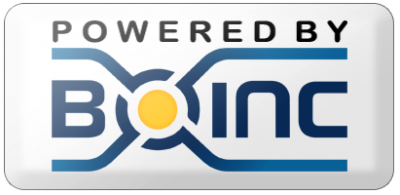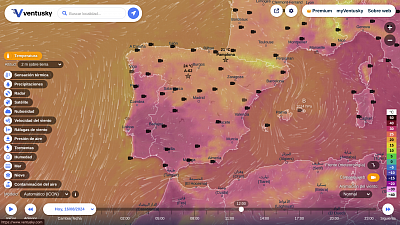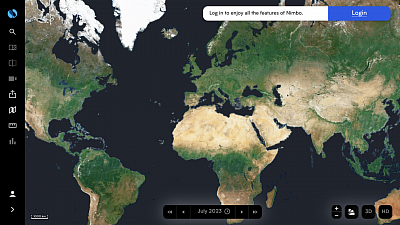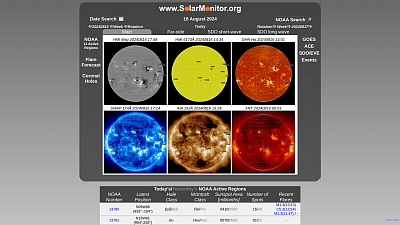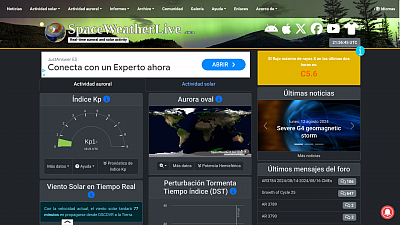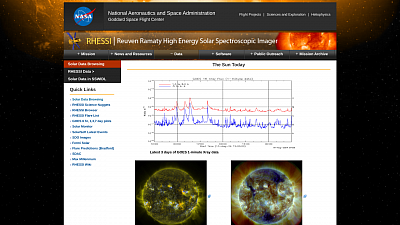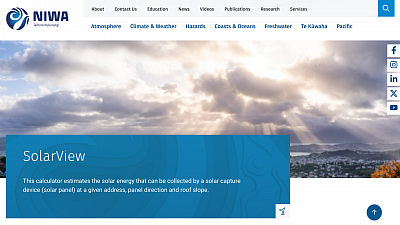[ SCIENCE ]
01. BOINC home at BERKELEY UNIVERSITY
02. Join to Science United
03. Install BOINC
04. Register
05. Login
06. Certificate of Computation
Science United users: don't use this form. Instead, get your certificate here.
Introduction :
The Zooniverse is the world’s largest and most popular platform for people-powered research made possible by more than one million volunteers around the world who come together to assist professional researchers. It is np needed any specialized background, training, or expertise to participate in Zooniverse projects. It is so easy to contribute to real academic research as using our own computer, at our own convenience.
Web : https://foldscope.com
Email : info@foldscope.com
Foldscope Instruments, Inc.
2625 Middlefield Road, #938,
Palo Alto, CA, 94306 United States of America
info@foldscope.com
Introduction :
The Kelp Ecosystem Ecology Network (KEEN) is a collection of marine scientists around the globe interested in assessing the impacts of global change on kelp forests, that are ubiquitous along temperate coasts, while they are covering 25% of the world’s coastline.
Web : https://www.kelpecosystems.org/
Author : https://www.kelpecosystems.org/about/
Contact : https://www.kelpecosystems.org/join/
Zooniverse :
https://www.kelpecosystems.org/funding-and-support/
About
The Ventusky application (web, iOS, Android) is accessible to anyone around the world, aimed at improving awareness about meteorological events in our atmosphere. Images and visualisations from the application can be freely redistributed with source.
Francisco Galindo Jr. is a Ventusky user too.
Introduction :
The EA4FSI is a Sun-Earth interaction analysis resource focused on the HF band propagation status. It is especially recommended for being used as a free educational tool. Information is automatically updated every 15 minutes.
Web : https://www.ipellejero.es/hf/
Author : Ismael Pellejero Ibáñez - EA4FSI
Contact : I. Pellejero Ibáñez - EA4FSI
About
The STCE's Solar Cycle 25 tracking page is a resource that provides with graphs on the evolution of some important parameters in the space weather domain, such as the sunspot number; flaring activity; coronal mass ejections; and geomagnetic indices. This page is updated about once every 4 months, and allows for comparisons with previous solar cycles. Tables on this web can be used to quickly navigate to your parameter of interest.
About
The SolarMonitor is hosted by the Solar Physics Group, Trinity College Dublin and the Dublin Institute for Advanced Studies. These pages contain near-realtime and archived information on active regions and solar activity. For information on their new SolarMonitor IDL Data Object (SOLMON), check out the SOLMON Tutorial. Check out News for other updates. More info here.
